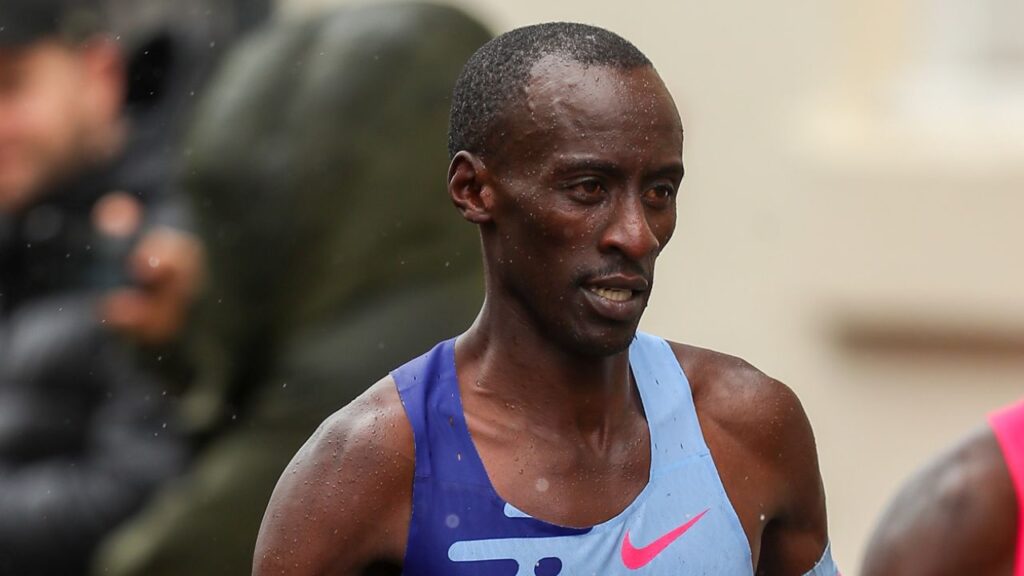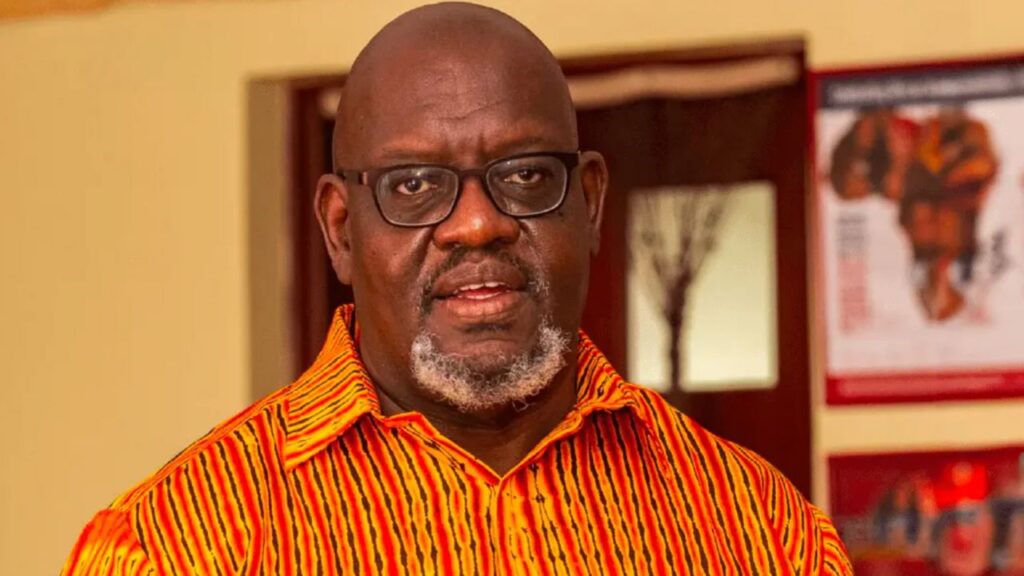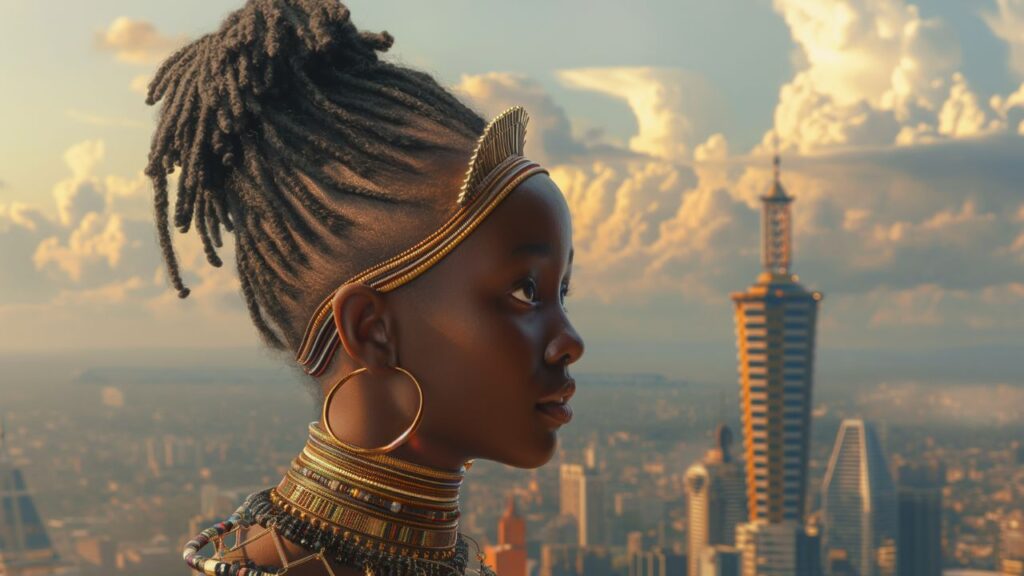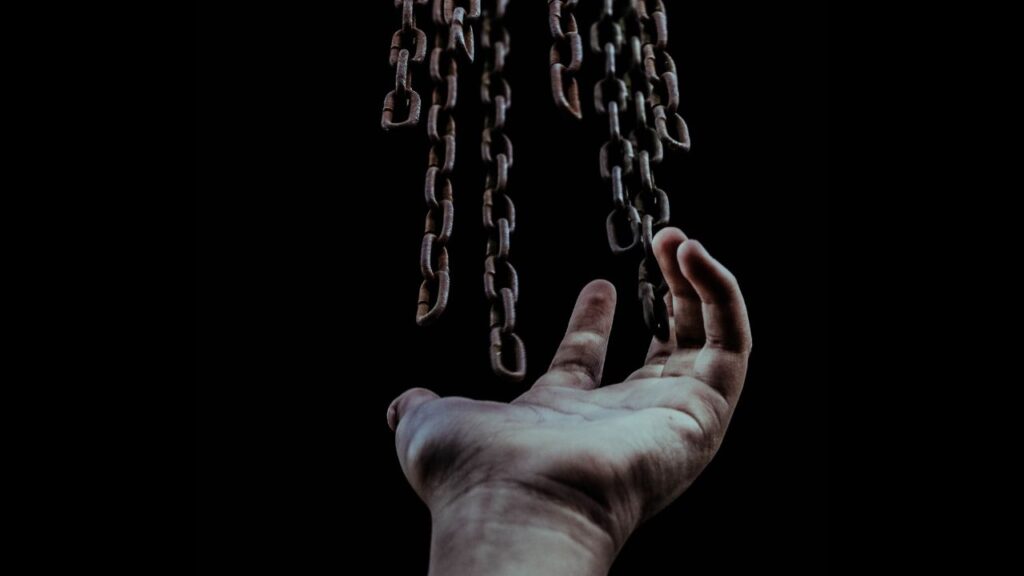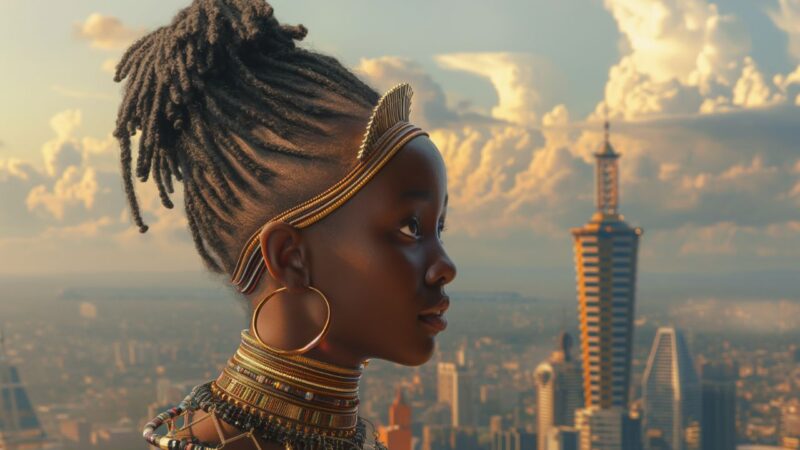Women have for a long time existed within communities that spell out with brutal clarity, and in as many ways as possible, that they are not worthy of being heard. They are, more often than not, condemned to silence through the intersectionality of oppressive societal divisions. The following captures the account of a profound conversation with Rahma Wako, a woman who is by far the single most hopeful person I have ever met; it is the perspective of resistance from a woman living in Kiamaiko, Mathare, an informal settlement in Nairobi’s Eastlands – her beliefs, her feelings, her struggles and triumphs in her fight for dignity.
“My younger years were filled with joy and plenty of positive energy. When my parents moved to Mathare, I was six years old and had the whole world before me. At the time, Kiamaiko was an area largely occupied by the Borana and Burji communities and as fate would have it, I became among thousands of other young Muslim girls who were deliberately being denied access to school. In fact, it wasn’t until a Christian missionary by the name Father Glory came to Kiamaiko and took us in, that most of us were able to access not only basic education but also some food, clothes and shoes.
For once in my life, I began to have dreams for my future. I wanted to be a lawyer. That probably stemmed from the fact that I had an insatiable urge to stand up for my friends wherever I felt there was an injustice. However, my dad was of the opinion that books have no tangible benefit for the girl child, but instead, they encouraged hardheadedness and lack of respect for her male counterparts. My father was a staunch traditionally conservative man who would later force me out of school using the flimsy excuse of my personal security, claiming that I would be consumed by Father Glory’s beliefs and become like those spoilt educated Christian girls he severely detested.
I was hardly thirteen when I was hurriedly married off to a 50-year-old man. I do not remember feeling more betrayed in my life. Let me spell out precisely what I mean by being betrayed: that whole week our home had been busy. Family members came from far and wide, so our home was abuzz with activity. All this while, my cousins, siblings and I were all in the dark on what the ceremony was about. After all, it was no place for kids to poke their noses into older people’s business. That we were gearing up for a large and beautiful ceremony was all we cared about. On the day, my parents brought me new clothes and sat me down for a quick pep talk. I did not understand what was going on. My father, his brothers and a few uncles from the larger extended family held two fingers to my face, as if making a peace sign. They asked me to choose one of either, for they represented a blessing and a curse. I picked the two finger sign. This is how the naive little me sealed her fate! I had unwittingly become the bride of a man whose children I played together with. A man who had been in three marriages already. Since we were in the city, they were not going to bring cows and goats but rather they paid a lot of money to my father as dowry for my hand in marriage. I was being sold out and it was not in my place to say no. Customarily, they say that when ‘cows’ go to a family, they should not be returned back to sender. That would be an abomination.
Now I had to say goodbye to my newly found passion for school as well as my dream of becoming a lawyer. My whole world was caving in. I am not sure how capable I was then of falling in love or knowing what love feels like, but I can still remember literally feeling my dreams being brutally snatched out from my clenched fists. Worse still, I knew there was no one to rescue me. Father Glory’s Messiah, about whom he always told us great stories, was too far away from me. People in our family said that when a girl attains twelve years, she is grown enough and should (whether or not a man has shown up to court her) be married off before she grows older. Apparently, the older she got, the easier it would be for the world to corrupt her morals. I was to accept my fate and immediately embark on my new role as a wife. Not even my mother could protest or say no.
A woman is to be seen, not heard. She is the neck, and a man, well, a man is the head!
When I got pregnant, I gave birth to twins but my mother-in-law took them away from me. They said I was way too young to raise children. Again, I struggled to completely fathom what all this meant. My husband beat me every day. He had developed a habit of physically assaulting me and demanding babies. That, I gave to him religiously. Still, I never got to be with my children. After every delivery, my mother-in-law would come and pick the babies, and the cycle would repeat itself with my husband returning to continue with the demands. And the beating persisted even after I bore hin three sets of twins. However, after they took away my second set of twins, I could not take it anymore.
It was never going to sit well with my soul. Even I had limits. My back had been pushed against the wall so I decided to finally speak up for myself. I became an outcast among my own kin for deciding to take my abusive husband to the Makadara law courts, demanding custody of my children. Father Glory’s Messiah must have arrived during this period. He had been very late but at least I won the case and reunited with my kids. Nothing else mattered. I demanded to be divorced immediately. After that demand, I ended up on my own, with all sorts of unprintable names being hurled at me. No one wanted to be associated with Rahma.
My father and mother disowned me, and my sisters would not stand the sight of my face. I had betrayed the ways of my people. How despicable? I was only capable of bringing misfortune. Should I go and die, no one was going to bury me! That was how I began to sell the illicit chang’aa brew, something that was completely unheard of, given my religious background. But I was ready to do whatever it took to feed my children.
Everyone made sure to remind me that I would not manage to raise my babies without a man in the picture and I was determined to prove them wrong. All of them. Yes, I got to that point and for once in my life I had become the lawyer I always desired to be as a little girl, standing up for myself against the whole world, thus feeling more alive than I had ever been before.
Very often, it crosses my mind what life would have been like had I chosen the path to be a meek, obedient subdued wife who is unconditionally in love with a monster, who unconditionally submits to the contradictions without question of one’s birth tradition and religion. No, forget that. The one thing most people never saw beyond my husband’s imposing sense of masculinity was how readily he would abuse his physical power with any chance he got, how ruthlessly he would beat me, and how deep he would scar me both within and without.
I still bear gruesome scars of old knife wounds all over my arms, head and thighs owing up to the daily assault that either came with the insecurity of losing me to younger boys or as a stern warning that I should keep away from them. Every time I would run away and make him have to come looking for me, I could tell how it was going to end. I knew that script all too well. The trauma was overwhelming.
I felt that the time had come to be bold and to declare from the rooftops what I had been hiding deep in the recesses of my brain. There were more vulnerable girls and women in Kiamaiko vulnerable destined to go down the same path I had been subjected to. Having been through the Female Genital Mutilation (FGM), I was dismayed at how many girls in my community were still put through it. I also knew so many women, like me, who were grappling with domestic violence. The problem was bigger than me. It was a social crisis affecting women of my community. I was done with dwelling in my own sense of self-pity and felt the urgent need to speak out about many difficult but important issues that perhaps people needed to hear, but I was not certain I would do it well. I needed to stay attached to my people, and addressing too many ‘controversial’ topics made that difficult, if not impossible.
I was doing this with the hope of helping many and of angering as few as possible. My great fear was that in so doing I would end up only helping a few and turning the majority to anger. But even if the latter was going to be the case, I honestly felt that the conversations were worth having. The angry would eventually get over their anger and, in the end, would think less only of me. And I strongly believed that their displeasure with my person or opinions was a small price to pay if I helped even a few and liberated them from the suffering they were enduring.
This how I began my journey of visiting local schools mentoring young girls and teaching them alternative values. I taught them that it is not okay even when tradition or religion says it is, to be married at a young age, to someone you do not love or who does not respect you, or to be forcibly married to a man old enough to be your father. I taught them the true value of their choice and that they should always demand for their voices to be heard. I spoke to about the challenges of FGM. Here in Kiamaiko, we once lost a girl to it. She was poorly operated on by this old lady who could not see very well but had somehow been the one mandated to perform the cut. My people again blamed the poor girl’s death on fate. They said that it was for God to decide; that her day had come and nothing could have been done to dodge it. Can you imagine this?
Later, I would start a local women’s parliament, Bunge La Wamama Mashinani, ( The Parliament of Grassroots Women) with four friends, which sought to identify the excesses of patriarchal power as a fundamental source of injustice and inequality, and sought to challenge socially sanctioned gender power relations in all domains through organising women in the community and generating conversations around these issues. To my surprise, so many women joined the movement. We rose to something slightly above 300 women from across the 9 villages of Kiamaiko aiming to challenge the system of sexist oppression, that is deeply entrenched in many societies and into which we had all been born.
The power that the attracted this mass of women to the movement was their lived experience. Each one had born witness to the oppression inflicted on our girls but no one felt like they had a space, safe enough to speak their hearts out. Bunge La Wamama Mashinani became the sanctuary that allowed us to eliminate all forms of discrimination against women in Kiamaiko, including those related to sex, class, ethnicity, ability and other forms of social exclusion. We were often met with violence, stigmatisation and condemnation but then again, that was not going to distract us from our quest for transforming an oppressive power structure.
Now more women were having genuine and frank conversations around abuse and cases of FGM slowly began to reduce. My community, having pushed me away for what they regarded as sheer heresy, would later accept me back upon my recognition within the Human Rights activism community and my growing influence as community justice advocate. I had fought hard for values I believed in and had helped bring important discussions back home. All this effort had made me a stronger Rahma. Now I am part of a male-dominated elders’ council in my village as the first woman ever, and I am still not able to tell how on earth that even happened.
The presence of a poor woman in a committee of men has been a mystery to date but it is a clear manifestation of humanity’s potential to change. How it all happened? I still wonder.
Until now, the father of my children has never gone to the Kadhi courts to cancel marriage documents and finally make peace with our divorce. He arrogantly claims that I am still his wife. His clan, the Dhigalu, still holds my clan, the Warjidha, accountable and indebted of the dowry paid for my early marriage. They insist on calling me their ‘cow’, and I don’t know what to make of that. I surely don’t.”
Rahma Wako, is a fierce human rights defender passionately involved in the rights of women and children since 1986. Mama Rahma is a member of Mathare Social Justice Centre (MSJC), based in Mathare, Nairobi where she continues her fight for social justice rights against all forms of oppression.


